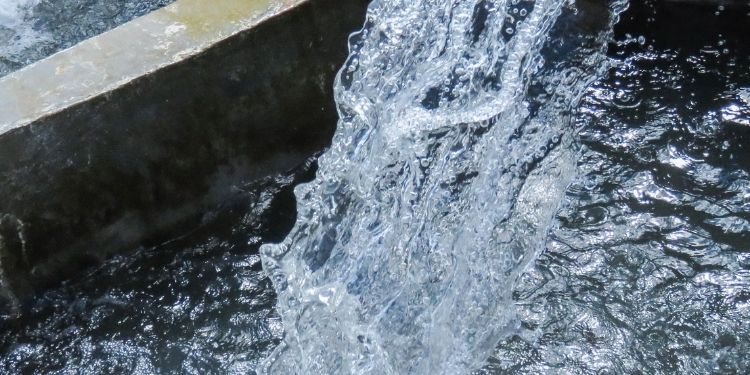Treating Water For A Better Future

Did you know that over 0.8 million people die each year because of diseases related to water? Clean water isn’t much of an issue in the developed part of the world. However, millions around the globe are struggling to get access to clean and drinkable water.
When people say that water gives life, it is absolutely true. Because in many parts of the world, it is actually a privilege if you can get through the day without thinking about how you’d source your water. The sad part is, even where there’s water, there are not enough resources to bring it into a pure and consumable state.
In this article, we shall discuss the harms of consuming contaminated water. Not all forms of water are consumable. (Mahmud, 2019) Especially these days when there are all sorts of waste being dumped directly into the lakes and rivers. Someone without knowledge may think that there’s abundant water and that we may never ever feel the need to look out for conservation. That, however, is far away from the truth. Only 0.3% of the water available on the earth is actually consumable for humans. That percentage is already low, and a significant percentage of that water is inaccessible.
We are literally putting the future of human lives in jeopardy. According to some surveys and estimates, more than 66 percent of the world population won’t have easy access to water. Those figures are alarming. Here below we shall see some harmful bacteria that are found in uncontaminated waters and why we must make conscious efforts to make clean water available to everyone:
Table of Contents
ToggleEscherichia Coli
Short for E. coli is a menace for the human system. If this enters the system, a person can face severe symptoms and may even need to be hospitalized. The person can feel nauseated and even vomit profusely. It can take up to a week for E. coli to show symptoms after it enters the human system.
Campylobacter jejuni
Another harmful microorganism can be consumed via contaminated water. It can show symptoms in as few as a couple of days or can even take up to 10 days. Anyone who ingests this via dirty water can have severe cramps, body aches, diarrhea, and fever.
Hepatitis A
This is a serious disease and can be contracted by the consumption of contaminated water. The symptoms are severe and often need critical care for the person to get healthy again.
Salmonella
This one is a common pathogen and causes massive disruptions in the human system. It can take up to 3 days for the symptoms to show up. Once they do, the person can be completely knocked out.
Cryptosporidium
Cryptosporidium is a protozoan that displays behaviors similar to a parasite. The sad part is, this protozoan can even be found in clean waters and not just in contaminated water. It is therefore crucial that you take samples of your drinking water and get them checked before consuming them.
Final Words
Microorganisms in water can really cause havoc to the human system. Microbiology is playing an important role in this domain and helping people by coming up with solutions to turn contaminated water into consumable water.
Researchers are trying hard to make clean water accessible to everyone. Microorganisms can exist even in ‘safe’ water that’s generally considered drinkable. As you read above that, there can be several microorganisms in the water that can knock out individuals.
It is always important to get the water sampled and tested before you consume it. Also, make all efforts to preserve water. It’s scarce, and we’ll not magically find new sources out of the blue.
MBP is making some efforts in the domain by providing the best molecular biology products to the labs and research facilities. Our products are top-notch and help researchers get empirical results. If you are a research facility or any facility that requires molecular biology products such as Serological Pipette, Automation Pipette Tips, DNA/RNA extraction kits, etc., then contact us. We are here to provide the best Microbiology products at reasonable rates.
Mahmud, Z. I. (2019). Occurrence of Escherichia coli and fecal coliforms in drinking water at source and household point-of-use in Rohingya camps, Bangladesh. Gut Pathogens, 11.
Alfred Williams, a distinguished business writer, navigates the corporate landscape with finesse. His articles offer invaluable insights into the dynamic world of business. Alfred's expertise shines, providing readers with a trustworthy guide through the complexities of modern commerce.
Recommended For You
Spread the loveAn early salary loan is a financial product that allows employees to access their earned wages before their
Spread the loveAre you looking for a powerful way to reach your target audience and boost your business growth? Look
Spread the loveWelcome to a fascinating journey into the world of art that pushes boundaries and challenges norms. In this





